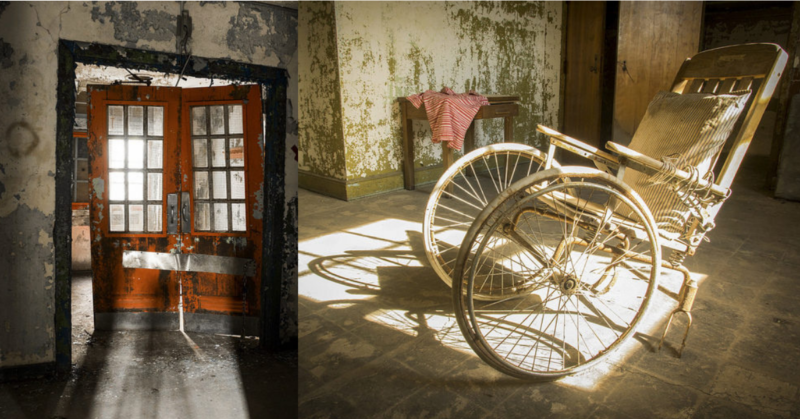Known under its former name as Eastern Pennsylvania State Institution for the Feeble-Minded and Epileptic, this institution was built to serve the mentally and physically disabled individuals of Southeastern Pennsylvania.
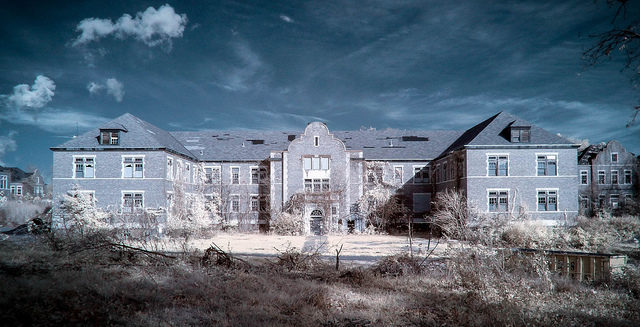
It was the Pennsylvania Legislature that organized a commission to do research and find out the exact number of “feeble-minded” and epileptic persons in the state. What this commission discovered was that 1,146 persons fall into this category of mentally and physically disabled individuals.
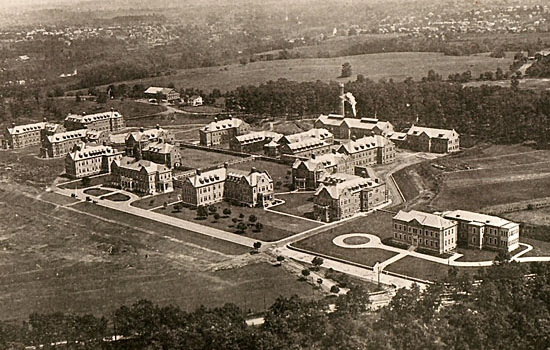
Almost all of them were to be found in the insane hospitals and an additional 2,627 more were to be found in the alms-houses, reformatories, and prisons. Needless to say, the 3773 individuals were in desperate need of a formal institution.
The legislation concluded that the buildings should be separated into two groups. The first group of buildings would serve the need for education and the second group for the custodial or asylum department.
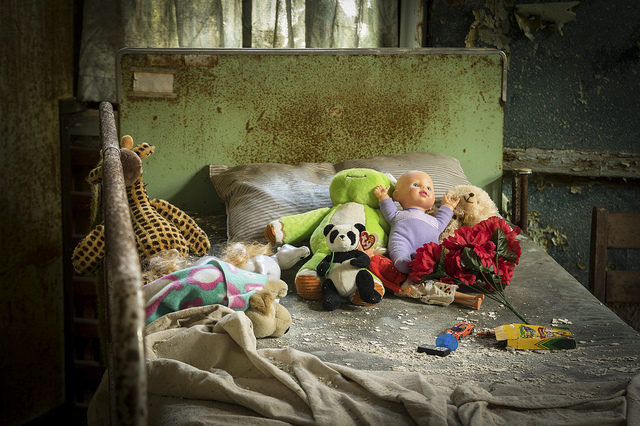
So it was that the first set of buildings were finished in 1908, built over 633.913 acres of land in Spring City, Pennsylvania. All of the buildings had their own function and designation.
The lettering that was used for the buildings were as follows: ‘G’ was the kitchen and store room, ‘H’, ‘I’ and ‘K’ were a Cottage for Girls, ‘F’ was the ‘Girls’ Dining Room’, ‘N’ was the ‘Boys’ Dining Room’, ‘P’ was the ‘Teachers’ Home’ and so on.
The older buildings were designed by Phillip H. Johnson. They were made of red brick and terra cotta with granite trimmings. The buildings were designed so that a vast number of small and large rooms could be built inside, anywhere from single bedrooms, dormitories with eight to ten beds, to larger rooms such as the exercising day room.
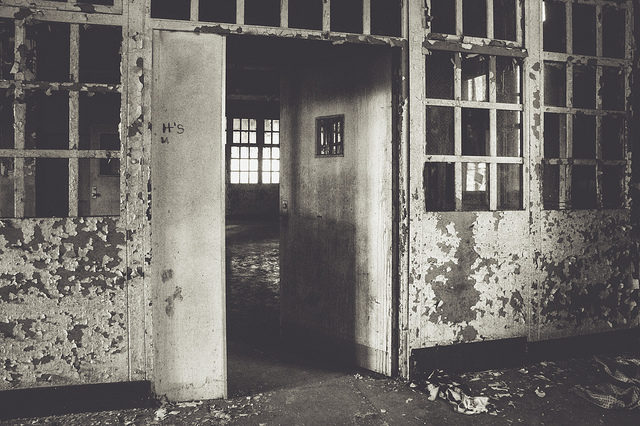
The first patients to cross the threshold of this institution did so on November 23, 1908.
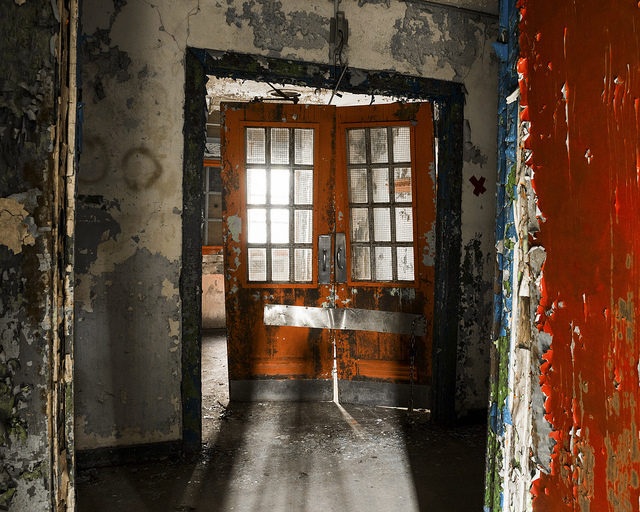
After four years, the hospital was running in overcrowded conditions. Once inside, the patients were classified into categories of mental (insane or imbecile), physical (healthy or epileptic) and dental (good, bad or treated).
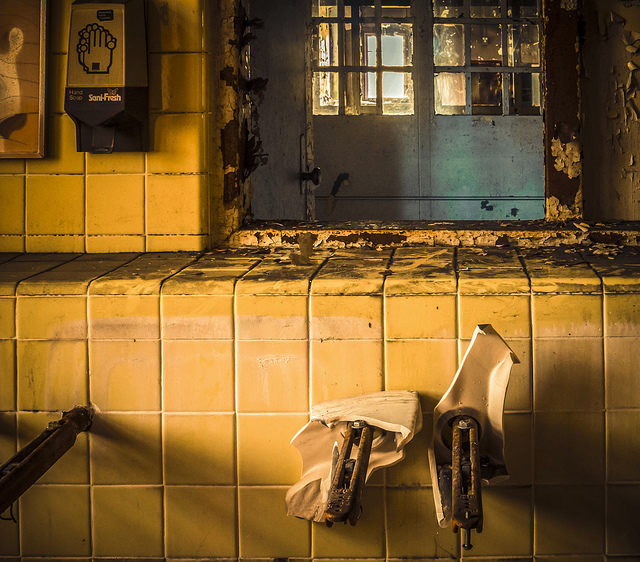
In 1913, the ‘Commission for the Care of the Feeble-Minded’ decided that these individuals were unfit for citizenship and in being so they posed a menace to the peace. Furthermore, the Commission desired that there should be no intermixing of the genes between those with mental difficulties and the general population.
On one occasion, Henry Herbert Goddard (a famous American psychologist and eugenicist), stated that “every feeble-minded person is a potential criminal”.
The condition of this mental institution was beyond disastrous. In 1983, the local TV Network NBC10 exposed the nine employees that were responsible for beating patients, not excluding those in a wheelchair, and even arranging fights between the patients themselves for employees’ entertainment.
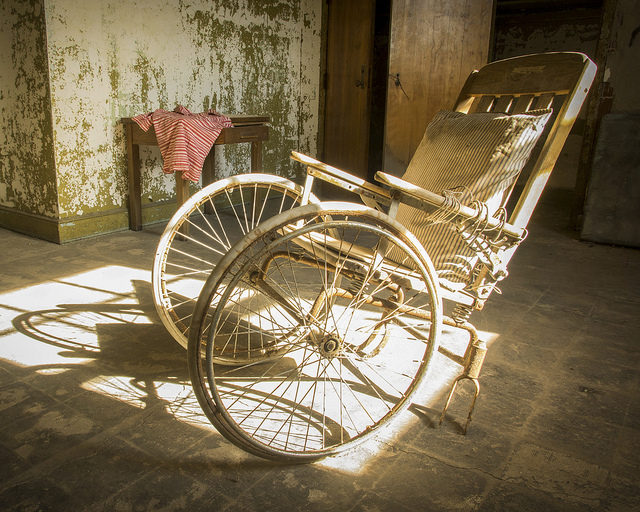
These controversies were the reason why this institution closed its doors for good, and for the good of all, on December 9, 1987, following a major lawsuit.
